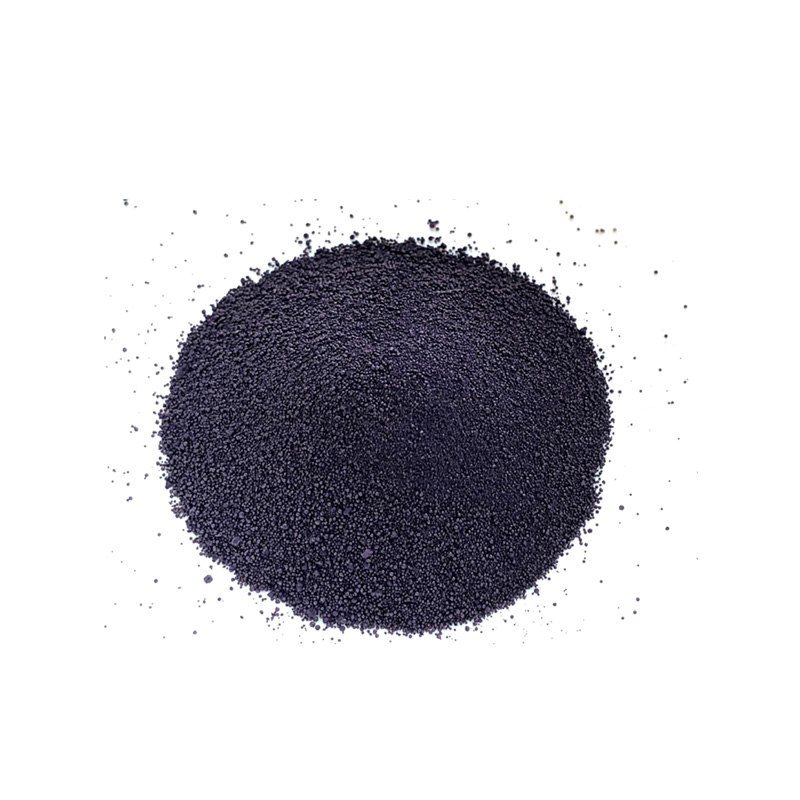Exploring Premium Indigo-Dyed Denim for Superior Quality and Timeless Style Choices
The Allure of High-Quality Denim Indigo Dye
In the world of fashion and textile production, few materials hold the same revered status as high-quality denim. It isn’t just the fabric itself but the intricate processes that produce it, especially the art of indigo dyeing, that captivates designers, consumers, and historians alike. Denim, particularly in its indigo-dyed form, has become a symbol of durability, style, and timelessness.
The Origins of Indigo Dye
Indigo dyeing has a rich history that dates back thousands of years, with origins tracing back to ancient Egypt and Asia. The dye is derived from the leaves of the indigo plant, historically used for creating deep blue hues. The unique property of indigo is that it does not bond to the fiber in the traditional way; instead, it forms a film on the surface of the fabric. This characteristic gives the final product its distinctive fading ability, allowing denim to develop a personalized patina over time, which many enthusiasts appreciate.
Craftsmanship and Quality
High-quality denim is not just about the dye; it is about the entire craftsmanship involved in its creation. The best denim is typically made from 100% cotton and woven on traditional shuttle looms, resulting in a thicker, more robust fabric that allows for better indigo absorption. In contrast to mass-produced denim, high-quality options often undergo meticulous production processes, including rope-dyeing, which immerses the yarn repeatedly in indigo baths, achieving a rich and vibrant color.
Furthermore, the density of the fabric, often measured in ounces, contributes to its longevity and handling characteristics. Denim produced at a heavier weight is thought to be of higher quality, developing character and comfort as it ages, in a process that many denim aficionados eagerly anticipate.
Sustainability and Indogo
high quality denim indigo dye

The environmental impact of denim production, particularly concerning water and chemical use, has sparked a movement towards sustainability in the fashion industry. High-quality denim brands are now exploring eco-friendly dyeing techniques that minimize water consumption and utilize natural indigo sources. Innovations such as organic cotton and sustainable dyeing processes are gaining traction, allowing consumers to enjoy high-quality indigo-dyed denim without the guilt associated with traditional manufacturing practices.
Many brands are also emphasizing transparency in their production chains, providing consumers with insight into where and how their denim is made. This shift not only fosters a deeper appreciation for the craftsmanship involved but also encourages more thoughtful purchasing decisions.
The Fashion Phenomenon
High-quality indigo-dyed denim has secured its place at the forefront of fashion, transcending trends and generations. Its versatility allows it to be styled in numerous ways—from casual streetwear paired with sneakers to sophisticated fits combined with tailored jackets. Denim can effortlessly adapt to various aesthetics, further solidifying its status as a wardrobe staple.
Additionally, the rise of vintage and second-hand shopping has renewed interest in legacy denim pieces. As consumers seek unique items with their history, the allure of indigo-dyed denim—marked by unique fades and wear patterns—offers a personal touch to any wardrobe.
Conclusion
High-quality denim indigo dye embodies more than just a color; it represents craftsmanship, sustainability, and individuality. As the fashion industry continues to evolve, the enduring appeal of indigo-dyed denim highlights its ability to merge tradition with modern values, making it a beloved fabric for generations to come. Whether you are a seasoned denim enthusiast or a casual wearer, the allure of high-quality indigo dye remains undeniable, inviting you to explore the journey of this iconic textile.
-
The Timeless Art of Denim Indigo Dye
NewsJul.01,2025
-
The Rise of Sulfur Dyed Denim
NewsJul.01,2025
-
The Rich Revival of the Best Indigo Dye
NewsJul.01,2025
-
The Enduring Strength of Sulphur Black
NewsJul.01,2025
-
The Ancient Art of Chinese Indigo Dye
NewsJul.01,2025
-
Industry Power of Indigo
NewsJul.01,2025
-
Black Sulfur is Leading the Next Wave
NewsJul.01,2025

Sulphur Black
1.Name: sulphur black; Sulfur Black; Sulphur Black 1;
2.Structure formula:
3.Molecule formula: C6H4N2O5
4.CAS No.: 1326-82-5
5.HS code: 32041911
6.Product specification:Appearance:black phosphorus flakes; black liquid

Bromo Indigo; Vat Bromo-Indigo; C.I.Vat Blue 5
1.Name: Bromo indigo; Vat bromo-indigo; C.I.Vat blue 5;
2.Structure formula:
3.Molecule formula: C16H6Br4N2O2
4.CAS No.: 2475-31-2
5.HS code: 3204151000 6.Major usage and instruction: Be mainly used to dye cotton fabrics.

Indigo Blue Vat Blue
1.Name: indigo blue,vat blue 1,
2.Structure formula:
3.Molecule formula: C16H10N2O2
4.. CAS No.: 482-89-3
5.Molecule weight: 262.62
6.HS code: 3204151000
7.Major usage and instruction: Be mainly used to dye cotton fabrics.

